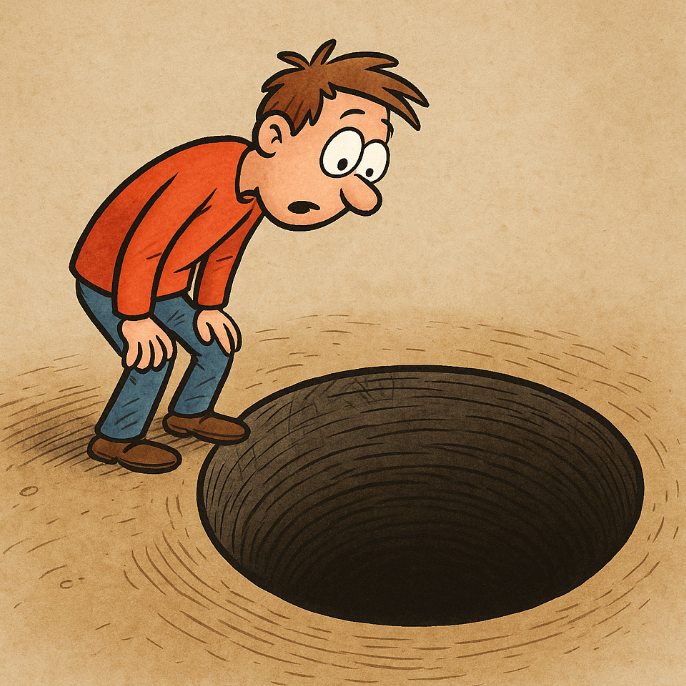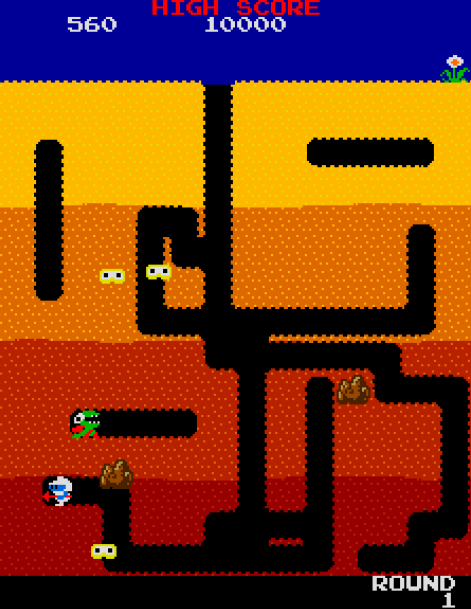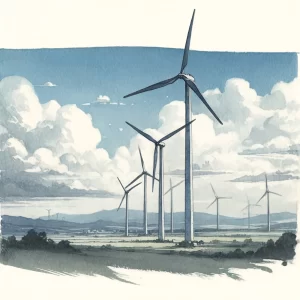
A 2,200-Meter Hole Changed Drilling Forever
Picture this: you’re trying to drill a hole deeper than two Empire State Buildings stacked on top of each other… into rock formations that are unpredictable, pressurized, and as cranky as a toddler missing naptime.
That’s exactly what a team of engineers in western Iran just did. In the Changuleh Oilfield, a place infamous for eating drill bits and blowing up budgets, scientists recently pulled off something extraordinary: they drilled Iran’s deepest-ever surface hole—2,200 meters deep—without the usual chaos.
And in the world of oil drilling, that’s like landing a triple axel on skates made of spaghetti.
Wait, What’s the Big Deal?
Drilling deep wells is already hard. Now add geological pressure zones that shift like quicksand, underground layers that crumble, swell, and leak, and tools that break down faster than your patience in rush-hour traffic.
The Changuleh West-2 well sits smack in a “saddle” between two oil-rich zones (the Changuleh and Azar anticlines). That saddle is a structural nightmare—like trying to drill into a wobbly jelly sandwich with a toothpick.
Past attempts? A mess. One well was abandoned, another struck oil but couldn’t be tested, and most never made it past 1,600 meters. Drills got stuck. Bits wore down. Pressures spiked. Fishing equipment (yes, that’s a thing in drilling) was used so often, you’d think they were angling for trout, not oil.

So, What Changed?
Three big innovations helped this team succeed where others struggled:
1. Smarter Drill Bits, Smarter Drilling
They used a strategic combo of two types of drill bits: tough tri-cone bits for soft, sticky layers, and ultra-sharp PDC (polycrystalline diamond compact) bits for harder rock. This wasn’t new tech, but it was new strategy.
Instead of sticking with one type, they alternated based on real-time conditions. That’s like switching from hiking boots to climbing spikes mid-mountain—without missing a step.
The result? A 37% boost in drilling speed compared to neighboring wells.
2. Customized Drilling Fluids (Yes, Mud Matters)
Turns out, mud isn’t just mud. In drilling, it’s a high-tech soup that keeps the well stable, cools equipment, and prevents dangerous fluid blowouts.
The team engineered a drilling fluid cocktail that included potassium chloride to prevent shale from swelling, walnut shells to prevent bit balling (when sticky clay gums up the bit), and thermal stabilizers to maintain temperature control. They even added citric acid to kick out unwanted metal ions. Think spa day… for mud.
3. Pressure Planning Like Pros
This was no guesswork gig. They used advanced models and real-time sensors to predict pressure zones with crazy accuracy—within ±200 psi. That let them tweak mud weight and casing plans before problems popped up.
Their casing design (the heavy-duty pipes that prevent the well from collapsing) was customized to reduce the total string weight by 290,000 pounds, ensuring it stayed within the rig’s lifting capacity. It’s like bringing an entire IKEA bed frame up 20 flights of stairs—without breaking your back.
A Driller’s Holy Grail: Zero Surprises
Here’s the kicker: Despite working in one of the messiest drilling environments in Iran, the team avoided serious issues. No pipe fishing. No lost tools. No uncontrolled pressure surges.
Their average rate of penetration was 2.13 meters per hour—a remarkably high rate for such harsh conditions.
And while that might sound slow, in the world of deep drilling, it’s like flying through molasses and still beating the speed limit.
Why This Matters
Sure, this study might sound like an ultra-niche oil engineering case. But it highlights something much bigger: how science, when applied thoughtfully and systematically, can turn chaos into control, even miles below Earth’s surface.
With global demand for energy high and drilling budgets tight, techniques like this don’t just save time and money—they reduce environmental risks, improve safety, and push forward the frontier of what’s possible.
And let’s not forget: this well sits near the Iraq border, in a field shared across nations. Better, smarter drilling here means better international cooperation and faster energy development—something that benefits us all.
Let’s Explore Together
This story of smart drilling in the saddle zone is more than a win for engineering—it’s a lesson in what happens when we combine data, creativity, and grit.
Now it’s your turn to weigh in:
- What would you do with a scientific breakthrough like this?
- Could these techniques apply to geothermal drilling or other clean energy tech?
- What’s the coolest science fact you’ve learned recently?
Drop your thoughts in the comments, tag a friend who loves big ideas, or share this story with your favorite science-loving crew.



